
GIUSEPPE GARIBALDI
DEPTH: 110 - 122 m
SKILL: Expert
Giuseppe Garibaldi; armoured cruiser; Italian
Built: Keel 8th June 1898, launched 29th June 1899, completed 1st January 1901
Sunk: 18th July 1915 (torpedoed by Austro-Hungarian submarine U-4)
Dimensions: l=111.6 m, w=18.2 m, h=7.1 m, 7,350 tonnes
Coordinates: 42.46667° N, 18.25000° E
Location: SW of Cavtat, 5 nm W of Konavle cliffs
Access: 1/5 access is possible only by boat
Visibility: 2/5 variable, mostly poor
Current: 1-2/5 moderate to strong
Visibility: 2-3/5 variable
Flora and fauna: 4/5 varied life on and around the wreck, occasionally specimens of large fish
HISTORY:
The Garibaldi with its sister ships the Varese and the Francesco belonged to the Garibaldi class, and during their completion they were hailed as the greatest success of Italian shipbuilding of that time. The completed ship Giuseppe Garibaldi received its war insignia on 23rd February 1902 and entered the fleet of the Italian Navy’s list.
During its service the Garibaldi participated in the Italo-Turkish War as the flagship of Admiral Thaon di Revell, acting with the squadron in the waters of Libya, the Aegean Sea and the Eastern Mediterranean. Off the coast of Beirut along with its twin Francesco Ferruccio on 24th February 1912 it sank the Turkish gunboat Avnillah, and on 18th April with another two cruisers forced a passage through the Dardanelles.
Its career during the First World War was brief. The Italian squadron under the command of Rear Admiral Eugenio Trifari whose command ship was the Giuseppe Garibaldi, sailed on 17th July 1915 with the mission of bombing the Dubrovnik-Cavtat-Herceg Novi railway. On 18th July at 0320 hrs. the military command at the Bay of Kotor received a radiotelegraph dispatch that an enemy formation had been spotted only 3 nm west of Molunat. The message was immediately forwarded to the flotilla in the Bay of Kotor (Boka Kotorska) and the submarine U-4. At 0335 hrs. Singule spotted the enemy ships as they sailed towards Dubrovnik. He stopped the engines and waited. At 0355 hrs. the Italian ships turned towards the Bay of Kotor. Singule followed them travelling at the surface until the moment at 0437 hrs. when the ships from the squadron noticed him. The Garibaldi immediately opened fire on the U-4, the squadron's command ship. At 0438 hrs. Singule launched two torpedoes from a distance of 600 metres towards the Garibaldi. About 30 seconds later the torpedoes hit the Garibaldi near the middle of the right flank of the ship. The heavily damaged cruiser sank in just three minutes. A total of 525 sailors and the Rear Admiral Eugenio Trifari were rescued, while 53 Italian sailors were killed.
WRECK CONDITION AND DIVING:
In August 2009 a group of technical divers under the leadership of Dražen Goričko confirmed the correct position of the wreck at a depth of 122 metres, and several dives were organised at that time and video footage was also made and it was positively identified as that of the Giuseppe Garibaldi. Due to the great depths dives are organised with rebreathers, diving apparatuses with greater autonomy. The following year the Croatian Conservation Institute organised and led a research and study project of the Garibaldi under the direction of archaeologist Kruno Zubčić with the help of a hired mini-submarine with a crew of three, which enabled a longer stay at the bottom and better quality documentation of the wreck’s condition. It was confirmed that the wreck lies on a muddy bottom, completely inverted, i.e. the keel facing the surface. The main deck is partially raised above the bottom about 1-2 metres, and on it can still be seen the remains of the wooden deck. The wreck due to strong currents is thickly overgrown with algae, corals, crustaceans and sponges to the extent that some parts of the ship cannot be recognised at all. Clearly visible is the bow with its pointed underwater ram or beak (in Latin “rostrum”) for ramming enemy ships. On the flank of the ship can be clearly seen the casemates with the guns of the secondary artillery armament, now thickly overgrown with marine vegetation. Viewing the last section of the wreck the whole of the stern section is missing, possibly even one quarter, which was probably destroyed during the impact of the stern on the seabed. This part of the hull is wrapped in a large fishing net which because of the buoy is partially raised and so for the mini-submarine presents a great threat. Therefore this section during the exploration was bypassed in a wide arc so as to avoid entanglement with the propeller and other sensitive parts of the mini-submarine.
The wreck of the armoured cruiser Giuseppe Garibaldi is the deepest documented wreck found in the Adriatic so far. Although it has been proven that it is possible to dive on the wreck with modern semi-closed and closed type apparatuses, serious research is only possible to be conducted with a mini-submarine with provides infinity better comfort than scuba diving.
The description and illustrations are a courtesy of Danijel Frka and Jasen Mesić. Buy the whole book here: https://shop.naklada-val.hr/product_info.php?products_id=561
Built: Keel 8th June 1898, launched 29th June 1899, completed 1st January 1901
Sunk: 18th July 1915 (torpedoed by Austro-Hungarian submarine U-4)
Dimensions: l=111.6 m, w=18.2 m, h=7.1 m, 7,350 tonnes
Coordinates: 42.46667° N, 18.25000° E
Location: SW of Cavtat, 5 nm W of Konavle cliffs
Access: 1/5 access is possible only by boat
Visibility: 2/5 variable, mostly poor
Current: 1-2/5 moderate to strong
Visibility: 2-3/5 variable
Flora and fauna: 4/5 varied life on and around the wreck, occasionally specimens of large fish
HISTORY:
The Garibaldi with its sister ships the Varese and the Francesco belonged to the Garibaldi class, and during their completion they were hailed as the greatest success of Italian shipbuilding of that time. The completed ship Giuseppe Garibaldi received its war insignia on 23rd February 1902 and entered the fleet of the Italian Navy’s list.
During its service the Garibaldi participated in the Italo-Turkish War as the flagship of Admiral Thaon di Revell, acting with the squadron in the waters of Libya, the Aegean Sea and the Eastern Mediterranean. Off the coast of Beirut along with its twin Francesco Ferruccio on 24th February 1912 it sank the Turkish gunboat Avnillah, and on 18th April with another two cruisers forced a passage through the Dardanelles.
Its career during the First World War was brief. The Italian squadron under the command of Rear Admiral Eugenio Trifari whose command ship was the Giuseppe Garibaldi, sailed on 17th July 1915 with the mission of bombing the Dubrovnik-Cavtat-Herceg Novi railway. On 18th July at 0320 hrs. the military command at the Bay of Kotor received a radiotelegraph dispatch that an enemy formation had been spotted only 3 nm west of Molunat. The message was immediately forwarded to the flotilla in the Bay of Kotor (Boka Kotorska) and the submarine U-4. At 0335 hrs. Singule spotted the enemy ships as they sailed towards Dubrovnik. He stopped the engines and waited. At 0355 hrs. the Italian ships turned towards the Bay of Kotor. Singule followed them travelling at the surface until the moment at 0437 hrs. when the ships from the squadron noticed him. The Garibaldi immediately opened fire on the U-4, the squadron's command ship. At 0438 hrs. Singule launched two torpedoes from a distance of 600 metres towards the Garibaldi. About 30 seconds later the torpedoes hit the Garibaldi near the middle of the right flank of the ship. The heavily damaged cruiser sank in just three minutes. A total of 525 sailors and the Rear Admiral Eugenio Trifari were rescued, while 53 Italian sailors were killed.
WRECK CONDITION AND DIVING:
In August 2009 a group of technical divers under the leadership of Dražen Goričko confirmed the correct position of the wreck at a depth of 122 metres, and several dives were organised at that time and video footage was also made and it was positively identified as that of the Giuseppe Garibaldi. Due to the great depths dives are organised with rebreathers, diving apparatuses with greater autonomy. The following year the Croatian Conservation Institute organised and led a research and study project of the Garibaldi under the direction of archaeologist Kruno Zubčić with the help of a hired mini-submarine with a crew of three, which enabled a longer stay at the bottom and better quality documentation of the wreck’s condition. It was confirmed that the wreck lies on a muddy bottom, completely inverted, i.e. the keel facing the surface. The main deck is partially raised above the bottom about 1-2 metres, and on it can still be seen the remains of the wooden deck. The wreck due to strong currents is thickly overgrown with algae, corals, crustaceans and sponges to the extent that some parts of the ship cannot be recognised at all. Clearly visible is the bow with its pointed underwater ram or beak (in Latin “rostrum”) for ramming enemy ships. On the flank of the ship can be clearly seen the casemates with the guns of the secondary artillery armament, now thickly overgrown with marine vegetation. Viewing the last section of the wreck the whole of the stern section is missing, possibly even one quarter, which was probably destroyed during the impact of the stern on the seabed. This part of the hull is wrapped in a large fishing net which because of the buoy is partially raised and so for the mini-submarine presents a great threat. Therefore this section during the exploration was bypassed in a wide arc so as to avoid entanglement with the propeller and other sensitive parts of the mini-submarine.
The wreck of the armoured cruiser Giuseppe Garibaldi is the deepest documented wreck found in the Adriatic so far. Although it has been proven that it is possible to dive on the wreck with modern semi-closed and closed type apparatuses, serious research is only possible to be conducted with a mini-submarine with provides infinity better comfort than scuba diving.
The description and illustrations are a courtesy of Danijel Frka and Jasen Mesić. Buy the whole book here: https://shop.naklada-val.hr/product_info.php?products_id=561

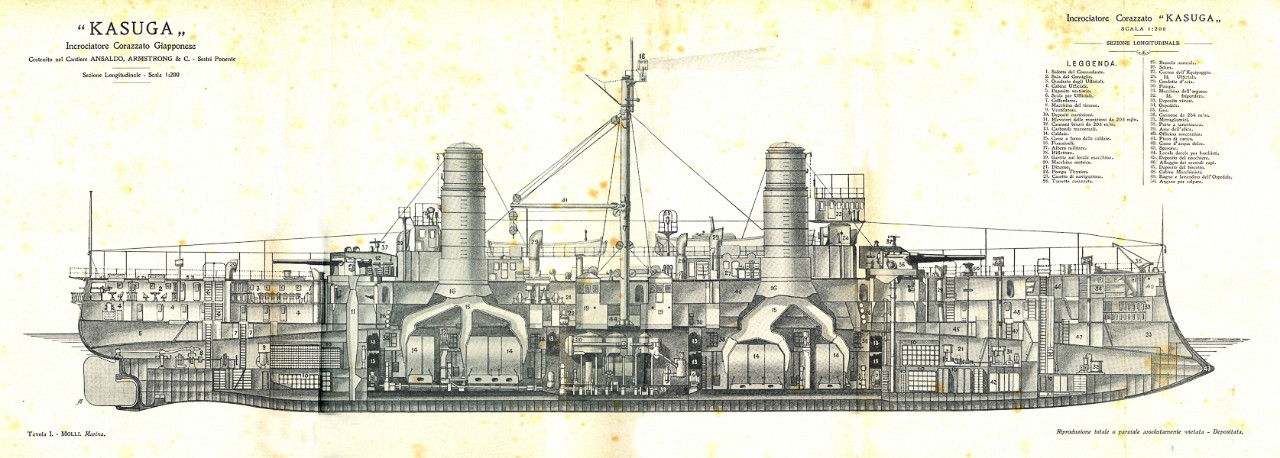

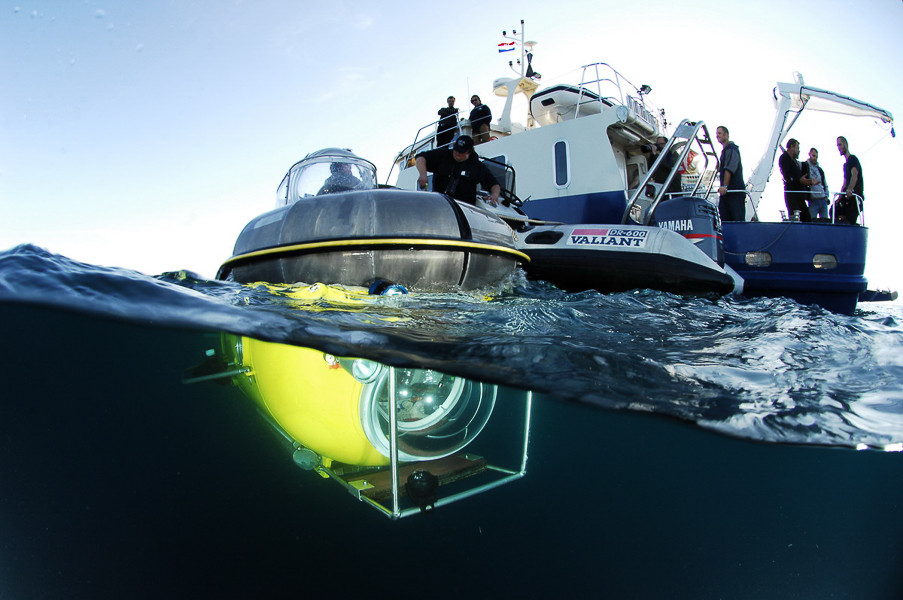
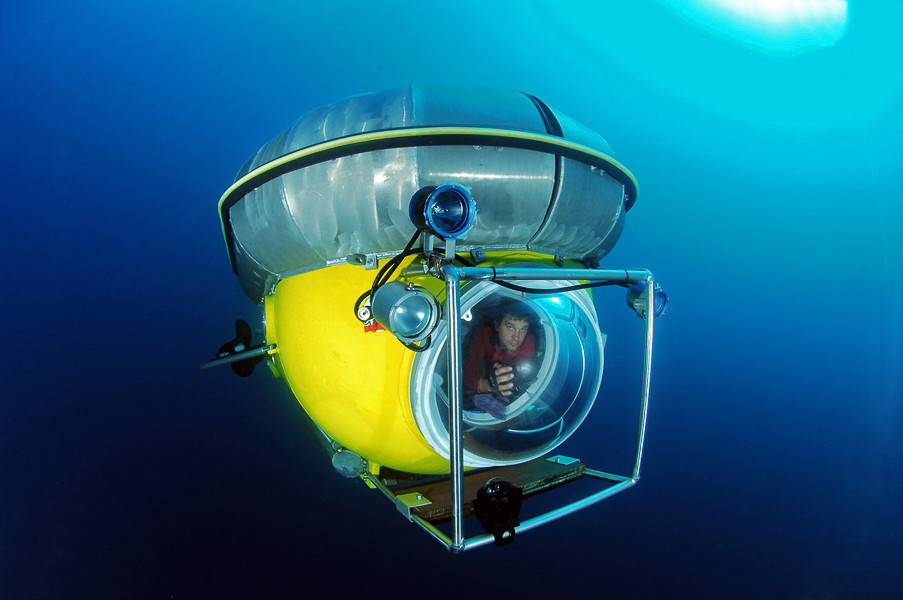
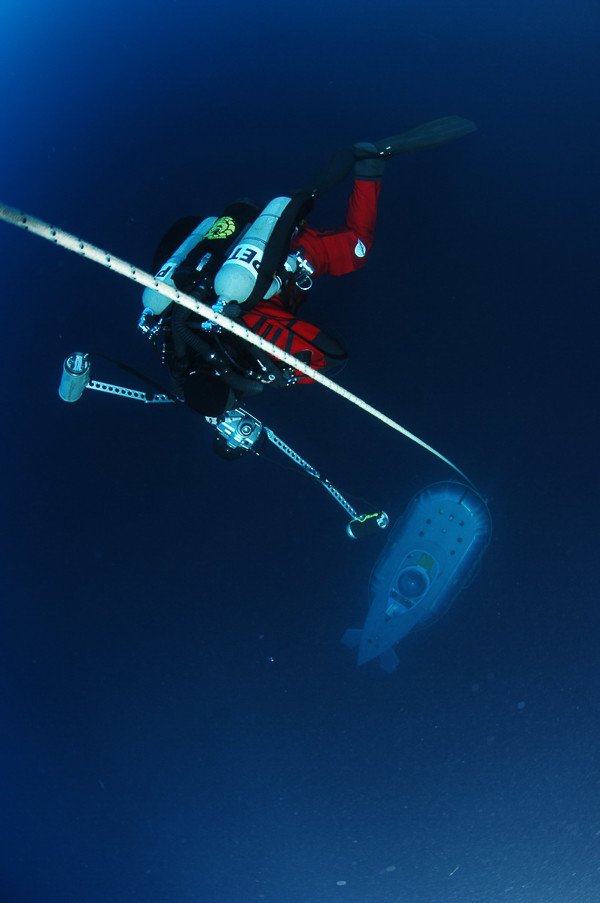
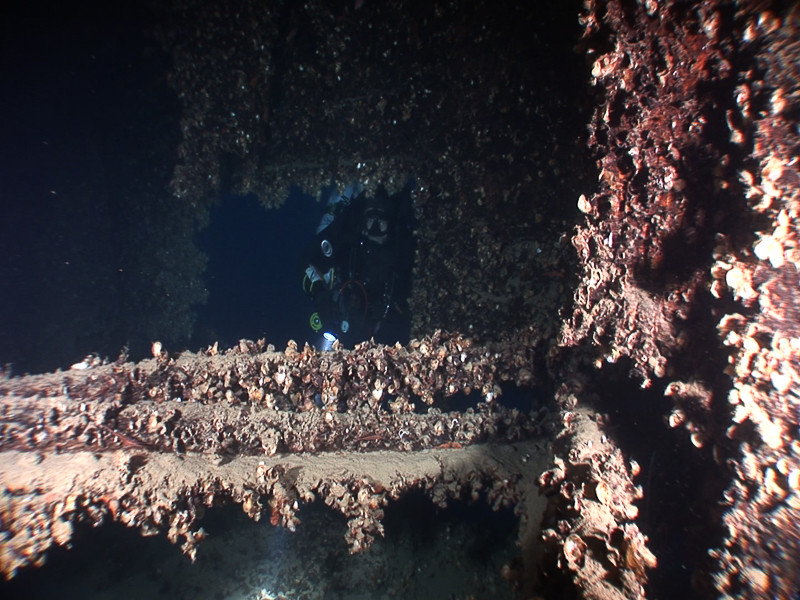
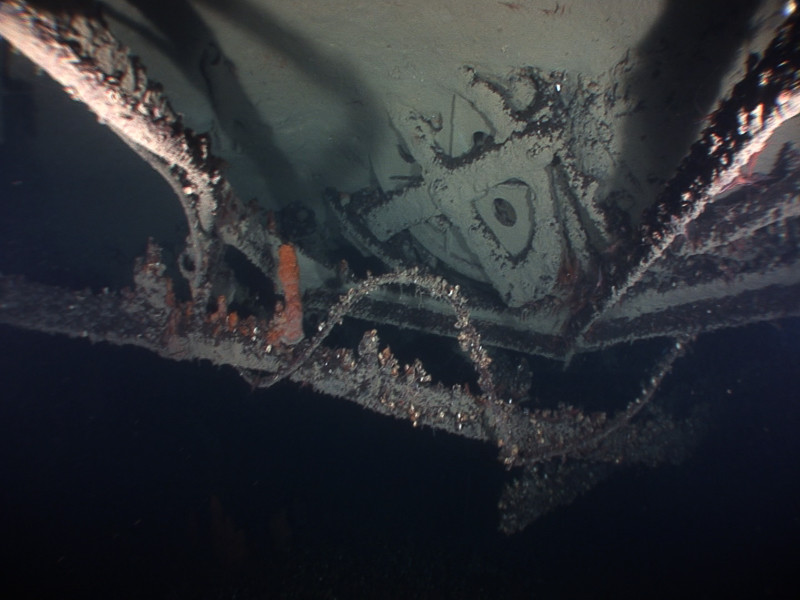
 The investment is co-financed by the Republic of Slovenia and the European Union from the European Regional Development Fund.
The investment is co-financed by the Republic of Slovenia and the European Union from the European Regional Development Fund.  H2O Globe BETA
H2O Globe BETA